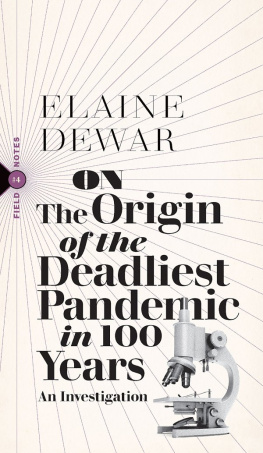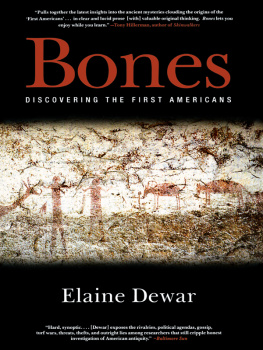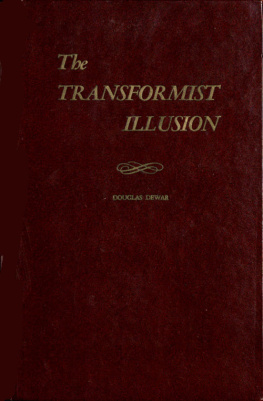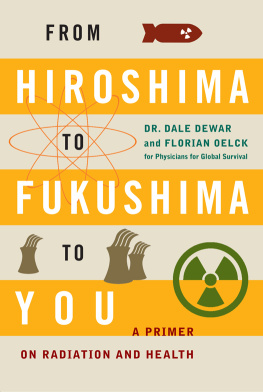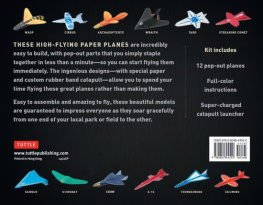Twenty-volume folios will never make a revolution. Its the little pocket pamphlets that are to be feared.
difficult.
Glossary of Terms
ACE2: Short for angiotension-converting enzyme 2, a particular type of receptor found on the surface of many types of cells in humans and in other mammals such as bats or mink or cats.
BSL-2, 3, 4 laboratories: Pathogens are studied in laboratories with different levels of containment related to the differing degrees of danger they represent to humans and animals.
BSL-2laboratory: Work is done in a contained cabinet that sucks air away from the researcher to permit the safe study of Risk Group 2 pathogens. These cause illness but dont present a serious threat to humans or animals because vaccines and treatment methods are available.
BSL-3 laboratory: Work is done in a clean room separated from the environment by airlock. Researchers may shower in and out and wear protective suits that keep them safe from Risk Group 3 pathogens. These cause serious illness, but treatments are available so they dont pose a major public health threat.
BSL-4 laboratory: Work is done in a clean room behind an airlock. The whole system is separated entirely from the environment. Air is filtered, and all waste, including water, is sterilized before release. Researchers must wear specially designed suits with their own air supply while studying Risk Group 4 pathogens. These cause a high rate of mortality and no effective vaccines or treatments are available, which presents a pandemic risk if the pathogens are released. There are at least 42 known BSL-4s in the world, most in the United States.
chimera: A new virus made by recombining sequence information from two different viral strains.
COVID-19: The disease caused by the virus SARS-CoV-2.
dual use: A technology, pathogen, or toxin that may have a peaceful function, such as treating cancer, but which can also be repurposed as a weapon of terror or war.
first author: On scientific papers, the first author is the person who has done most of the work that results in the publication, often done under the supervision of a more senior scientist.
furin: An enzyme on the outside of certain cells that interacts with the receptor binding domain of a virus by cutting between specific amino acids, helping to activate it and aid the viruss entry into that host cell.
gain-of-function: An experiment that makes a virus more infectious, or more lethal, and/or gives it the capacity to infect new hosts.
genome: A sequence of genetic instructions written in ribonucleic acid or deoxyribonucleic acid, which guides the creation, behaviour, and replication of a virus or a living organism.
last author: Usually the most senior person in a laboratory or among a group of scientists working together who has supervised the research published in a scientific paper.
passaging: A method of speeding up the adaptation of a virus to a new host. This does not involve direct manipulation of the genome but takes advantage of the viruss natural tendency to mutate as it replicates.
receptor binding domain: The protein of a virus that binds to a receptor on a host cell.
receptor binding motif: The portion of the receptor binding domain that merges with the receptor of the host cell, permitting the viruss genetic information to enter the cell and the virus to be replicated.
rescue: The term of art for synthesizing a virus from its genome sequence.
SARS-CoV-2: The name given to the virus that causes COVID-19 by an international consortium of taxonomists.
synthetic biology: The creation of a virus or bacterium from its genome sequence. Small segments of the genome are manufactured then inserted into a bacteria and/or yeast, whose cellular organelles put the sequences together in the right order, eventually resulting in the reproduction of a functional virus or organism.
virion: A new virus made by an infected host cell.
virology: The study of viruses.
List of Characters
This book describes the work of scientists who became central players in the drama surrounding the origin of SARS-CoV-2. Several were born and raised in China, where traditional naming order puts the family name first, followed by the given name. In the last twenty years, Chinese scientists have forged partnerships with Western researchers and their work has frequently appeared in Western journals, where the traditional Chinese name order is reversedthe family name coming last instead of first. Both are shown below.
Basil Arif
Scientist emeritus of the Laboratory for Molecular Virology at the Great Lakes Forestry Centre in Sault Ste. Marie, Ontario. He is a long-time colleague of Zhihong Hu and Shi Zhengli of the Wuhan Institute of Virology and is an associate editor of Virologica Sinica, the Wuhan Institute of Virologys peer-reviewed journal.
Ralph S. Baric
A professor in the Departments of Epidemiology and Microbiology and Immunology at the University of North Carolina, Chapel Hill. He is the leading expert on coronaviruses in the US and has worked with Shi Zhengli to produce chimerical coronaviruses that have pandemic potential.
Chen Wei (Wei Chen)
Born and educated in China. She is a major general in the Peoples Liberation Army, its leading bioweapons and Ebola expert. She tested her vaccine for Ebola at the National Microbiology Laboratory in Winnipeg thanks to Xiangguo Qiu (see below). She was decorated by Xi Jinping for her efforts in finding treatments for SARS-CoV-2. She created Chinas first SARS-CoV-2 vaccine.
Cheng K.D. (Keding Cheng)
Chinese born and a Chinese-, American-, and Canadian
educated expert in proteomics. He is the partner of Xiangguo Qiu. Both worked at the National Microbiology Laboratory in Winnipeg until they were marched out by the RCMP in July 2019.
Peter Daszak
UK-born and -educated parasitologist. He is president of EcoHealth Alliance, a US-based charity that funded some of Shi Zhenglis work on coronaviruses via grants won from US government agenciesthe United States Agency for International Development (USAID) and the National Institutes of Healths National Institute of Allergy and Infectious Diseases (respectively NIH and NIAID).
DRASTIC
A loosely connected group with expertise in banking, data management, journalism, anarchism, virology, and genomics. They found each other on Twitter as they each began to informally investigate the origin of SARS-CoV-2.
Richard H. Ebright
Molecular biologist and professor of chemistry and chemical biology at Rutgers in the US. He is a vocal critic of gain-of-function experiments and USAIDs $200-million PREDICT program, which aimed to predict when a virus might spill over from animals into human populations and cause an outbreak of disease. Ebright was one of the first leading scientists to ask whether SARS-CoV-2 might have escaped from a labShi Zhenglis lab.
David Evans
Professor in the Department of Medical Microbiology and Immunology at the University of Alberta, advisor to the Public Health Agency of Canada and the WHOs subcommittee on variola virus research. He is an expert on smallpox and rescued its close cousin, horsepox, from its genome sequence alone. His publication of that experiment raised fears a terrorist could follow the same recipe to make smallpox.

